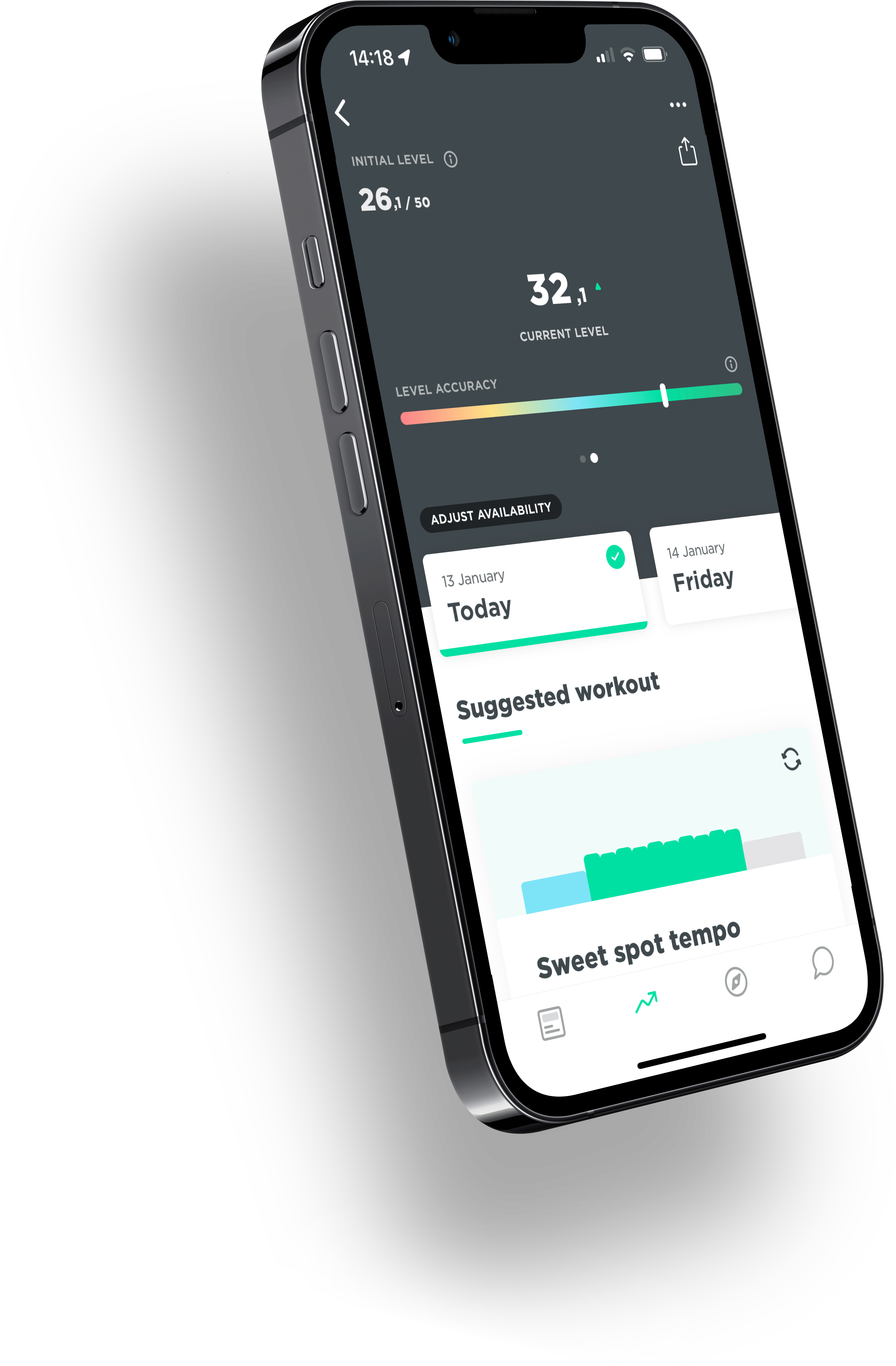Training alone doesn’t make you a better cyclist. You only make progress when you give your body time to recover from training. And when you administer the next training stimulus at the right moment, you really start going places. Even after a relatively short season, sometimes you don’t feel like training anymore and you’d rather lie on the couch than jump on your bike. Of course, it’s always good to be mentally refreshed and feel like training again. However, a nasty consequence is that your condition will disappear like snow in the sun. The question is how quickly this stamina disappears and how long can you rest without starting from scratch again?
What happens after one week of inactivity.
After a week of inactivity, the first signs of decline appear. The first three to six days, however, nothing is wrong yet. That’s good news for the riders who already get nervous when they ‘have to’ go away for a weekend and can’t train. It also means you can give yourself time to recover after a fall or a severe cold.
After a week of inactivity, your blood volume starts to decrease. That means your heart can’t pump as much blood around. Furthermore, the efficiency of your muscles deteriorates, which means that they are more acidified during intensive efforts. So it’s time to train again!
What happens after two weeks
If you don’t do anything for a week, you can limit the damage. However, sitting on the couch for another week drastically reduces the condition. The maximum oxygen uptake decreases by 4 to 6%, the blood volume decreases even further by as much as 15%. As a result, you notice that the heart rate rises during exercise and, strikingly enough, the maximum heart rate also rises by up to 10 beats per minute. Furthermore, the beating volume, i.e. the amount of blood that the heart can pump per beat, drops and the body becomes less efficient. The capilization (amount of small blood vessels in the muscles) decreases, so that blood and therefore oxygen and nutrients are less able to reach the muscles. The mitochondria (the energy factories in the muscles) also work less efficiently. Muscles are less able to burn fats and therefore have to rely more on carbohydrate combustion. In addition, the carbohydrate supply in the muscles decreases. A double problem.
Result: a decrease in the endurance condition. All these factors result in a worsening of the condition. This decrease lies between 7 and 10%, depending on things like training and talent. A rider who can deliver 330 Watt in shape for an hour, will after two weeks of doing nothing still be able to pedal a small 310 Watt.
What happens after four weeks
After four weeks of inactivity, all previously described processes decrease even further. The VO2max in a trained endurance athlete will have decreased by an average of 15 to 20%. It will therefore take even longer to regain the old form. Not only do the mitochondria now work less well, but the number of mitochondria has also decreased. After two weeks of not training, you can get back to your old level with three to four structured training weeks, while after a month of rest it’s ten to twelve weeks.
Continuity is the key
Of course it is impossible to keep training for a whole year and you need to change your focus every once in a while. This is the only way to stay motivated and enter a new training period with dedication. However, the trick is not to sit still for too long. That doesn’t mean that you have to train at full capacity again, but that you have to reduce the volume of the training for a period of time. By keeping busy three times a week for a short period of time, but with a relatively high intensity, you can maintain your condition for a long time.
Keeping continuity has a lot to do with setting goals. Our application JOIN Cycling can help you with selecting an appropriate goal and following a training plan. Our training plans adapt to your available time, goals and training history. It’s like having a pro cycling coach for a fraction of the costs.


